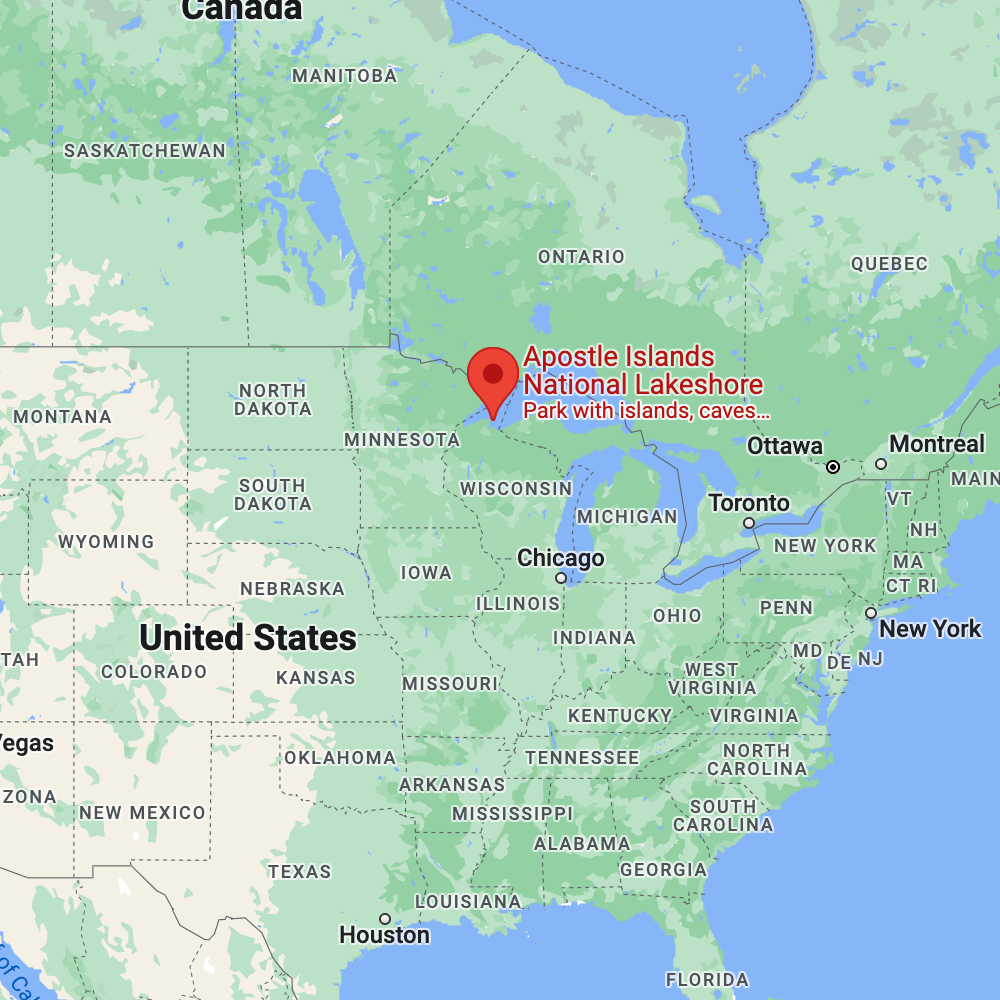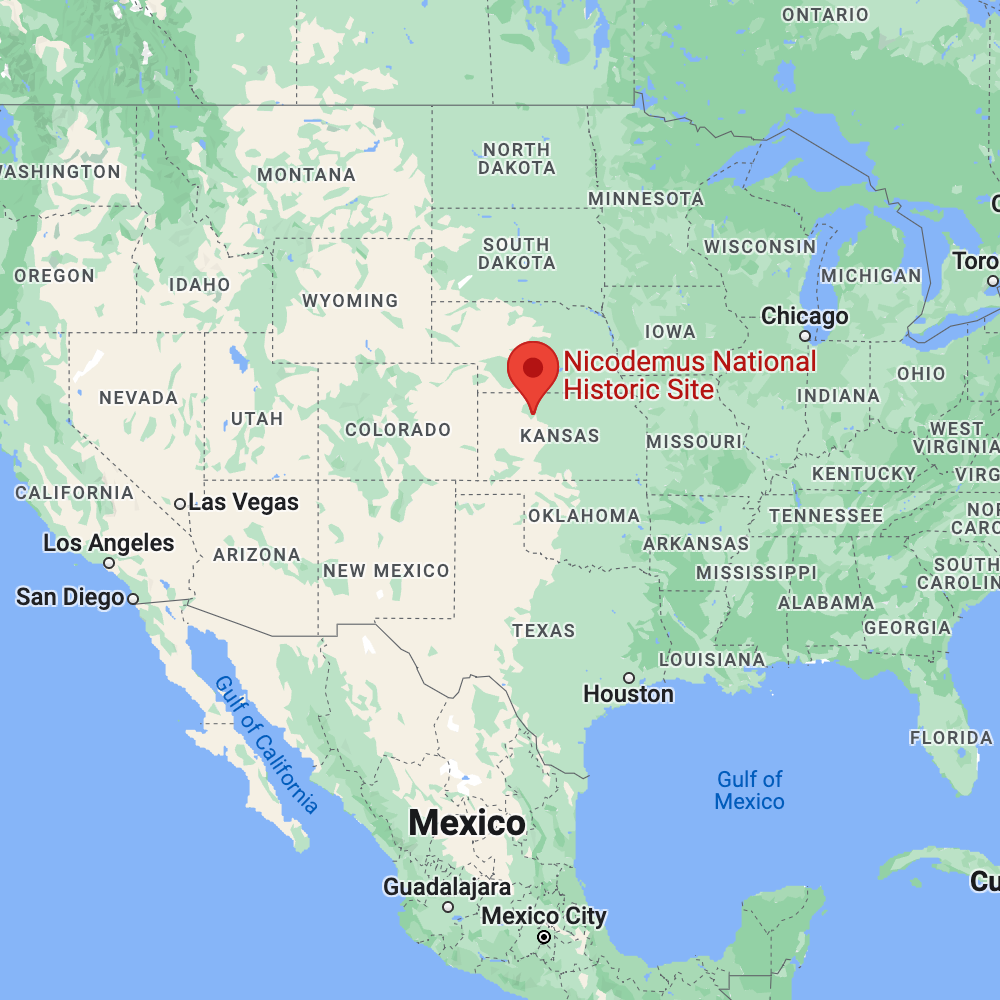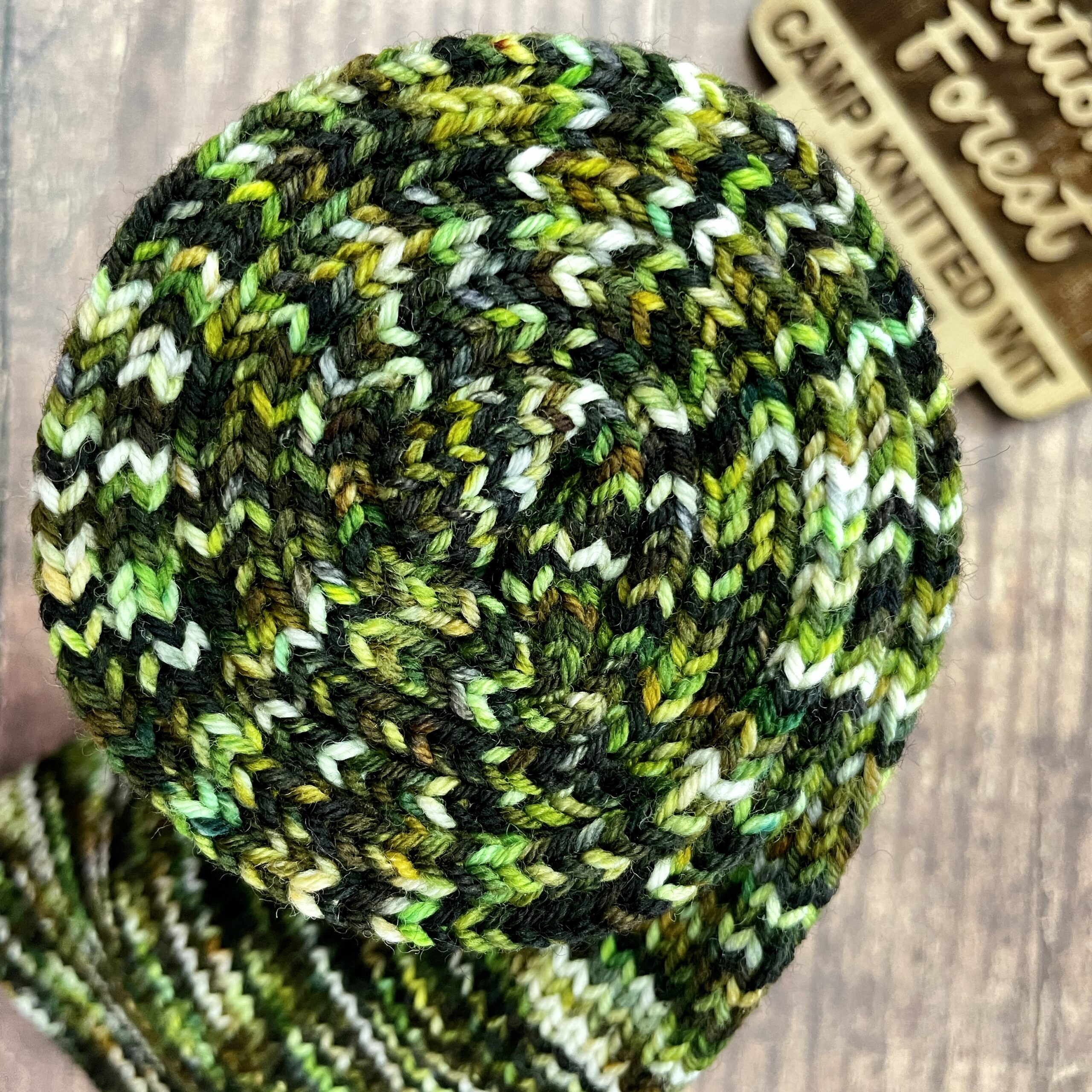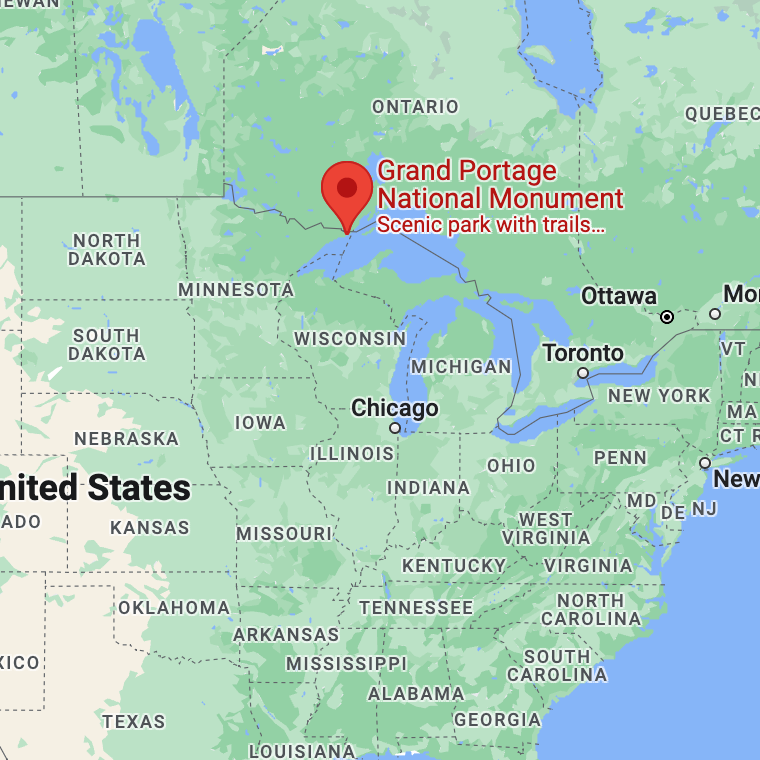It’s time for the annual National Parks Club/KAL!
Every month from May-August, we’ll be releasing 4 new parks colorways. We have almost exhausted all of the traditional US National Parks, so this year, we’ll be showcasing other National Parks areas, such as National Recreation Areas, Heritage sites, etc. Featured parks will fall under one of 4 categories:
- National History – Eastern USA
- National History – Western USA
- Indigenous Culture
- Human Rights Leaders/notable people
Check out our Socks and Hats on Vacay/Staycay summertime KAL with our friend Shannon Squire, too: https://shannonsquire.com/socks-hats-on-vacay-2022/
Thanks for exploring parks and making socks with us once again this summer! To get your yarn, check out our list of LYS’s offering National Parks (Parks yarn will ONLY be available at our LYS partners through the summer): https://knittedwit.com/parks-2022/
And, to play our new-to-2022 Vacay Bingo game, head in to your participating LYS and grab a gameboard or download it here: https://knittedwit.com/parks-2022/
Where is it located?
Extreme Northwestern Alaska.

Whose land does it reside upon?
From the NPS website:
“Many of the stories told about Bering Land Bridge National Preserve are focused on its prehistory, but the more recent past and present-day cultural traditions of Northwest Alaska are just as important. Deeply-rooted cultural practices and traditional subsistence hunting and gathering are still a part of everyday life for most Inupiaq communities around the Seward Peninsula. The protection of resources within Bering Land Bridge helps to support these lifestyles, as well as communicate to others the importance of Alaska Native heritage in a holistic context.
Today’s cultural groups of the Seward Peninsula remain closely tied to the ancestors who first crossed over from Siberia, and many still have living relatives on the Asian side of the Bering Strait. Up until European contact in the 19th century, these groups led mobile subsistence lifestyles, moving seasonally with food availability and thriving off the land and the sea.”
When was it established?
December 1, 1978
About this park:
The Bering Land Bridge National Preserve is one of the most remote United States national park areas, located on the Seward Peninsula. The National Preserve protects a remnant of the Bering Land Bridge that connected Asia with North America more than 13,000 years ago during the Pleistocene ice age, that many geologists, paleontologists, and other scientists believe was the path to the population of the americas.
Why did we choose these colors?
We used this arresting photo from the NPS website to inspire our colorway: https://www.nps.gov/media/photo/gallery-item.htm?pg=910081&id=8A0DBA99-1DD8-B71C-077BDACFF9987549&gid=89EE087B-1DD8-B71C-07C774C245A47537



For more information:
- NPS website: https://www.nps.gov/bela/index.htm
- Instagram: https://www.instagram.com/beringlandbridgenps/
- Facebook: https://www.facebook.com/BeringLandNPS/





























